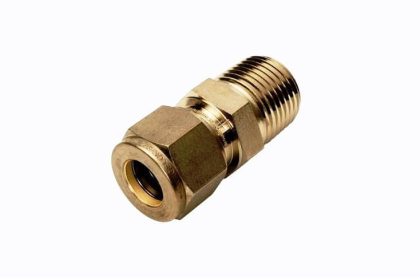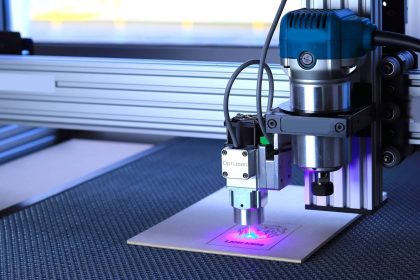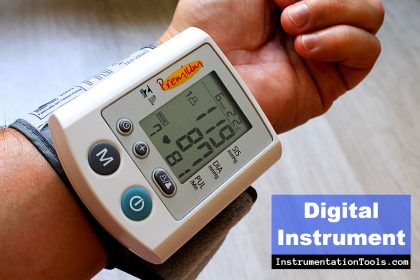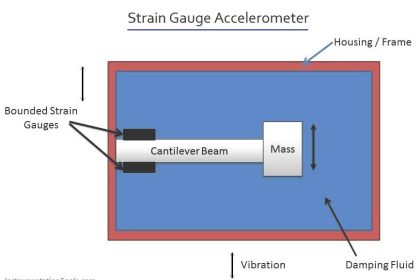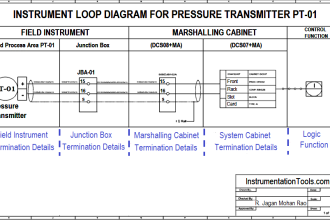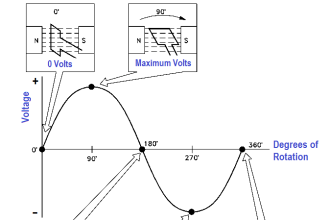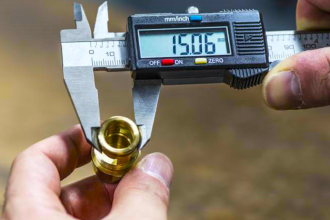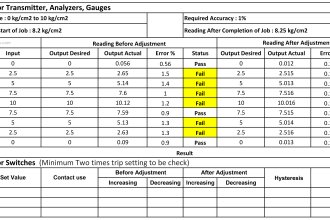One of the most important activities the Instrument Engineers carry out is Look Listen Feel of Instruments. We definitely do vigorous Look Listen Feel but still miss out on things that can cause problems after some time.
So, let us discuss how to do effective Look Listen Feel and what are the things to be checked during it.
Look Listen Feel of Instruments
Some might have questioned why do we conduct this Look Listen Feel?
Look Listen Feel activity is proactively looking for any existing or new problems that may have affected field instruments. We try to find out the problem as soon as they are identified and try to eliminate them.
This way we are saving our instruments and it will help our plant production by eliminating long maintenance hours or instrument failure-related problems.
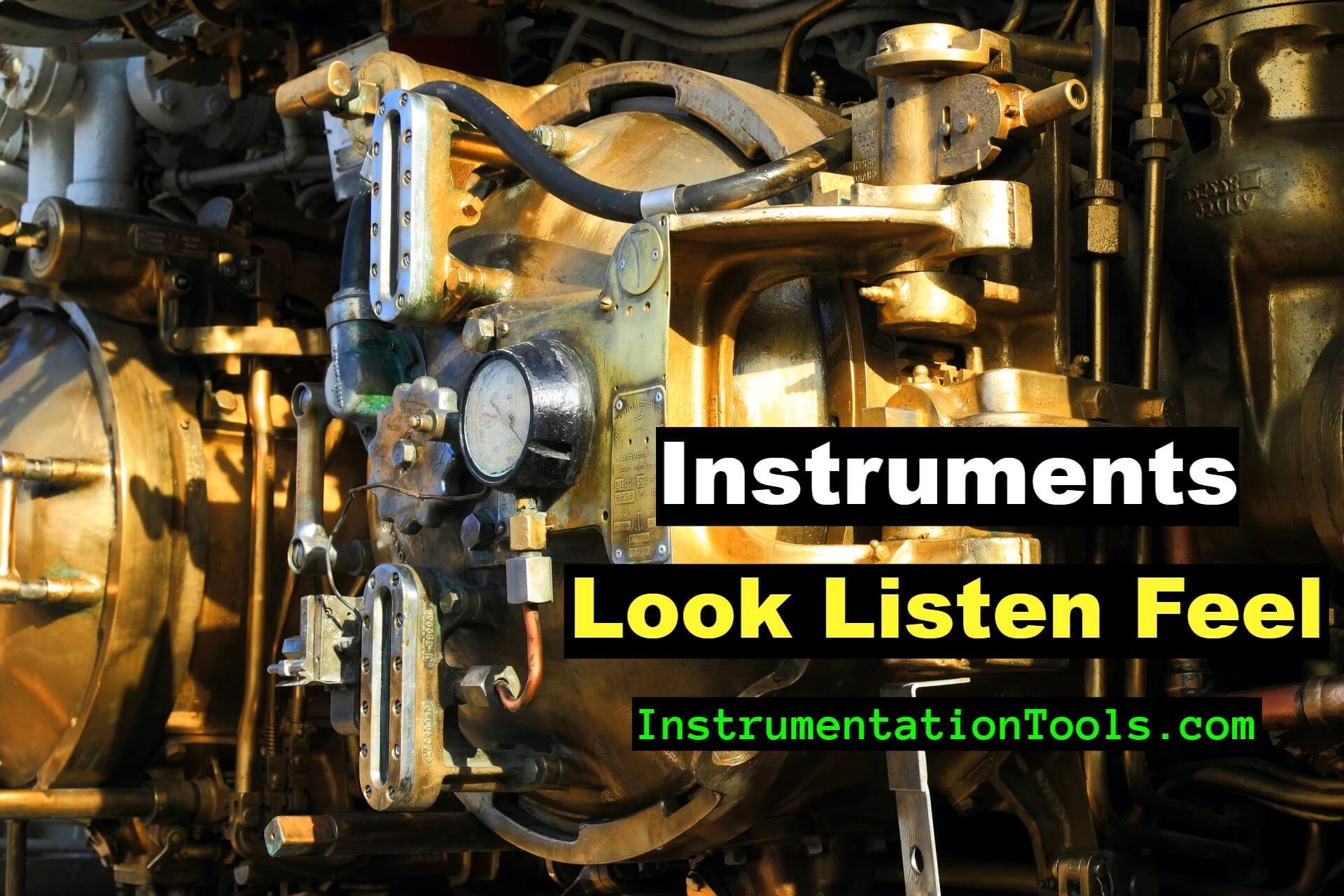
Instrumentation Engineer Maintenance
So, let us have a look at the things we do in Look Listen Feel of instruments.
- The first thing to verify is whether the instrument is properly identifiable or not. The tagging becomes very important when you have an emergency situation in the plant and you need to do some job on an instrument. A properly tagged instrument gives the confidence to instrument technicians to work without having doubt about the instrument identification.
- Look for any corrosion on all the instruments and associated accessories. Specifically, for valves, verify the condition of the mechanical feedback link. If the mechanical feedback link is corroded, then it might break and the valve will not be working properly. If the feedback link is having a problem, then the valve may start hunting. Check the instrument support and stanchion condition also.
- In the valve body, verify leakage from the gland, flange joint, and bonnet joint, and also verify the tightness of every bolt and nut.
- Many times, valve pipes are very hot or used in cryogenic service, so accordingly, insulation is required on the valve body also. Verify the same.
- Check the condition of the hand wheel on valves. Many times, the hand wheel is either corroded or missing. For the emergency operation of the valve, the hand wheel is most important. That is the reason for keeping the hand wheel ready all the time.
- Many valves are single acting and hence one port will be having a bug arrestor. If the port is facing the ground, then rainwater is not an issue. But if the port is facing the sky, then use an inverted tube with a filter on the end. Because rainwater will enter the actuator from the port which is facing the sky direction and cause damage to the actuator’s internal parts. The same case applies with the transmitter (PT/DPT/FT) having one leg open to the atmosphere for reference.
- Check for instrument air leakage from any part of valve or tubing using Snoop liquid leak detector (or any other leak detector solution). For the transmitter check all the impulse tubes for leakage.
- Check for gauge healthiness. Many times, broken glass is found and sometimes broken needles are found.
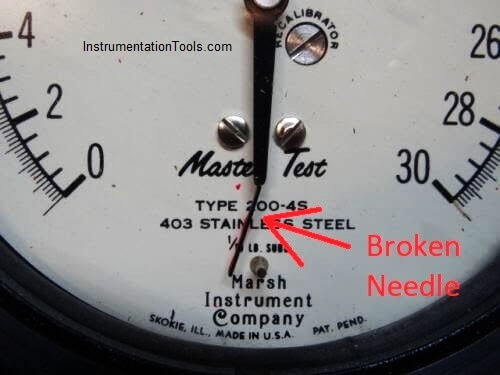
- No vibration should be present in any instrument. If any vibration exists, then proper support is to be given. Because vibration can lead to tube leaks and damage to Instruments.
- All cables should be properly dressed in a cable tray and proper clamping should be there.
- All cables should have a proper cable gland.
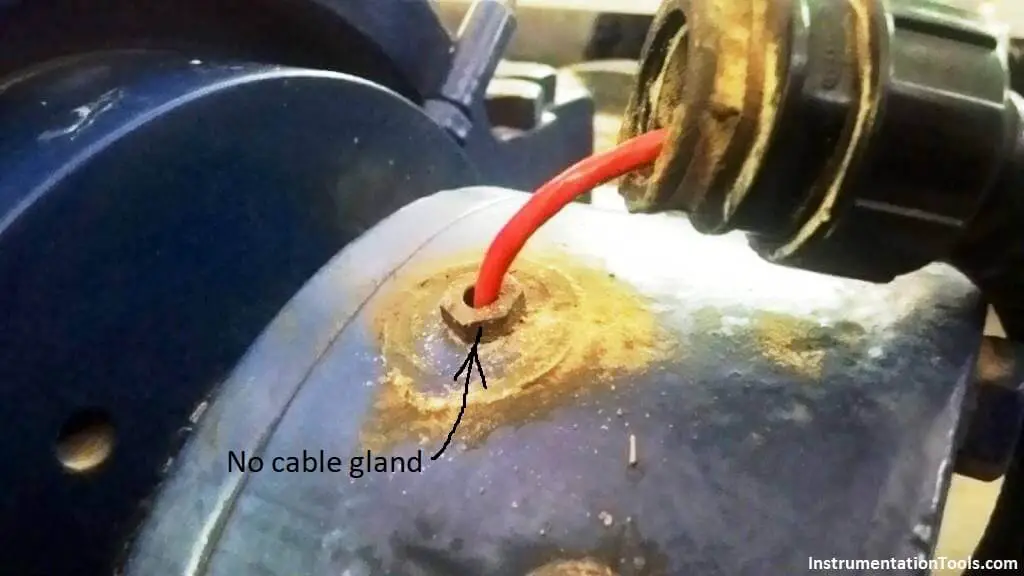
- All impulse tubes must have proper support.
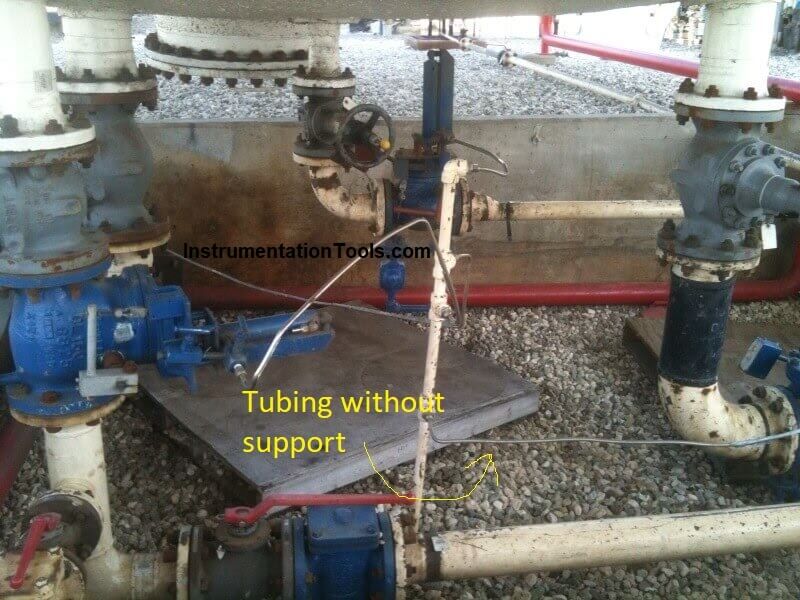
- Every instrument should have a proper monsoon tape applied or proper silastic applied for protection against moisture and water.

- Every instrument must have a proper canopy for protection against environmental conditions like rainwater.
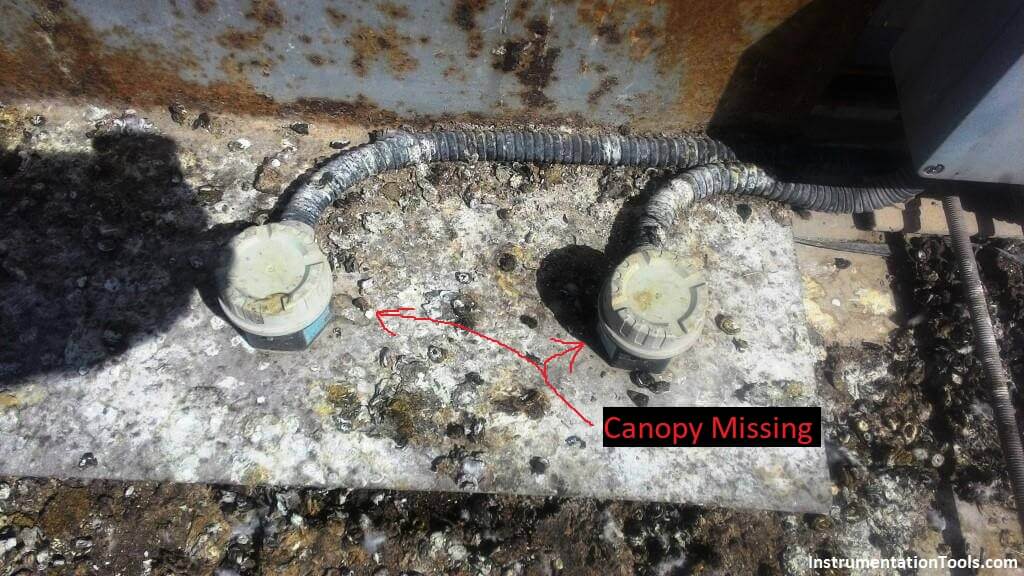
Instrument Excel Sheet Record
An Excel sheet can be used to keep a record of all the activities we discussed above.
We have to verify the status of each instrument in the field and all the points should be verified as per the record.
The record must be filled for each instrument as per their status in the field.
Instrument Excel File: Download

